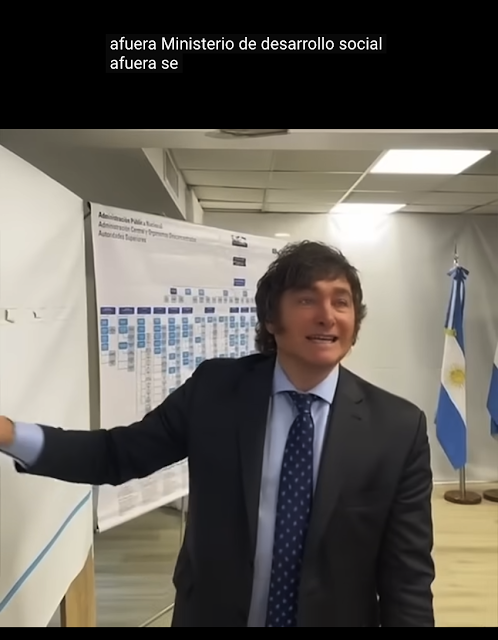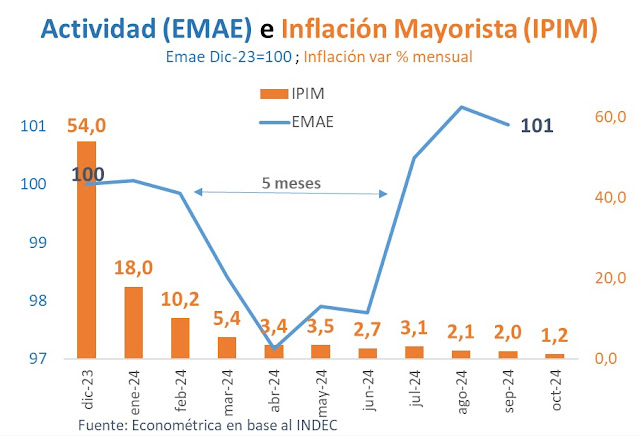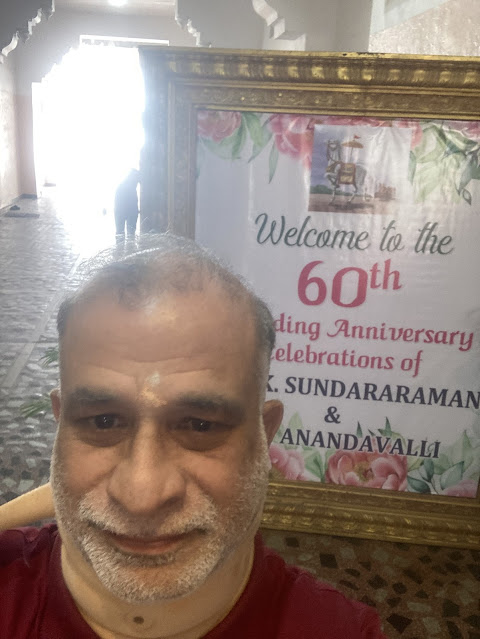#597
Introduction: The Silent Epidemic of Sedentary Lifestyles
In the last decade, the idea that "sitting is the new smoking" has been making waves, and for good reason. Prolonged sitting, much like smoking, creeps into our daily routines and silently erodes our health. From the desk-bound professional to the screen-absorbed binge-watcher, the consequences of a sedentary lifestyle are becoming alarmingly clear.
Personally, I’ve been reflecting on this concept, especially as someone who’s recently recovered from surgery. The lessons I’ve learned, coupled with advancements like my Apple Watch, have profoundly changed the way I approach movement and health.
The Science: Why Sitting is Such a Big Deal
When experts compare sitting to smoking, it’s not just for dramatic effect. Studies have consistently shown that excessive sitting increases the risk of:
- Cardiovascular diseases
- Type 2 diabetes
- Obesity
- Musculoskeletal disorders
- Even mental health issues, like depression and anxiety.
Recent findings, such as those shared in Good Energy by Casey Means, reinforce that our bodies are designed to move. Sitting for long hours disrupts our metabolism, affects circulation, and can lead to inflammation—all silent threats that manifest over time.
The Modern World: Designed for Sitting
The 2024 lifestyle is one of convenience, but at what cost? Technology, remote work, and digital entertainment have made sitting the default posture of the day. We sit to work, relax, socialise, and even exercise (think cycling machines). While we’ve seen efforts like ergonomic furniture and fitness trackers, the global culture of sitting still holds sway.
My Approach: Turning Awareness into Action
I’ve consciously adopted habits to counteract a sedentary lifestyle. For instance:
- Standing Hours: My Apple Watch ensures I stand for at least 15-16 hours a day. If I remain seated for more than 45 minutes, I get an alert to stand up. (Not including the minimum threshold of 20,000 steps a day/rain or shine- I am lucky I have a long corridor to walk,as happened today due to rains here in Bangalore.)
- Hydration Breaks: Drinking plenty of water keeps me hydrated and encourages me to get up for frequent washroom trips.
- Movement for Connection: With Lalitha busy coaching or managing the kitchen, I make it a point to walk up to her for conversations instead of yelling across the house. It not only breaks the sitting spell but strengthens our bond.
- 99% of the time, I answer the doorbell, Intercom @ apartment, thus breaking the sitting mold.
These small but deliberate actions create a ripple effect for both physical and mental well-being.
Workplaces and the Society-Wide Impact
Many workplaces are now realising the cost of sedentary habits on employee productivity and morale. Innovations like standing desks, walking meetings, and active break schedules are gaining traction. However, behaviour change remains a challenge, as comfort often trumps awareness. I recollect, Shravan informing he has standing desk at work.
At a societal level, urban design and lifestyle shifts can help. Communities that prioritise walking paths, cycling lanes, and green spaces encourage movement over stagnation. It’s a cultural shift that’s overdue.
Critique of the Analogy: Is Sitting Truly the New Smoking?
While the analogy drives awareness, it’s not a perfect comparison. Smoking is inherently harmful, while sitting becomes harmful through excess. Movement, unlike abstinence from smoking, doesn’t require a complete overhaul—small, consistent changes are enough.
Practical Steps to Combat Sedentary Lifestyles
- Set Alerts: Use fitness trackers to remind you to move regularly.
- Incorporate Standing Time: Aim for standing at least once every 50 minutes.
- Hydration Strategy: Drinking water not only benefits health but also encourages physical breaks.
- Micro-Activities: Walk during calls, stretch while waiting, or adopt hobbies that involve movement.
- Connect Through Movement: Use conversations or activities as opportunities to walk or stand.
Looking Ahead: A Movement Revolution
The road to countering sedentary habits lies in integrating movement into every aspect of life. From urban planning to workplace innovations, the future needs to align with human physiology.
As individuals, the journey begins with us. Whether it’s a nudge from a smartwatch or a mindful choice to get up and talk to someone, every step counts—literally.
Conclusion: Movement is Medicine
The saying “move it or lose it” has never been more apt. Sitting may not carry the instant harm of smoking, but its cumulative effects are equally debilitating. By embracing movement as a lifestyle, we not only improve our physical health but also unlock a path to greater energy, focus, and joy.
Let’s stand up—not just figuratively but literally—and take charge of our health, one step at a time.
Comments??
Karthik.
2/12/24
11am (A rainy Bangalore!!)
++++++++++++++++++++++++++++++++++++++++++++++++++++++++
Annex:-
Here are some additional strategies to avoid prolonged sitting and integrate more movement into your daily routine:
At Home
Dynamic Household Chores:
Engage in activities like sweeping, mopping, gardening, or washing dishes. These not only break up sitting but also keep your body active.Active TV Time:
Do light stretches, walk on the spot, or use a treadmill while watching television.Furniture Adjustments:
Consider using a high counter or adjustable standing desk for activities like reading, writing, or using your laptop.Interactive Games:
Incorporate movement-based games or virtual reality experiences that require physical activity.
At Work
Walking Meetings:
Replace traditional sit-down meetings with walking meetings, especially for one-on-one discussions.Stand-and-Work Intervals:
If a standing desk isn’t feasible, use timers to alternate between sitting and standing every 30-45 minutes.Frequent Micro-Breaks:
Use the Pomodoro technique—25 minutes of focused work followed by a 5-minute break to stand, stretch, or move.Stretching Sessions:
Incorporate short stretching exercises into your workday. Apps like "Stretchly" can remind you to take these breaks.
In Transit
Active Commutes:
Walk or cycle short distances instead of driving. If commuting by public transport, stand instead of sitting when possible.Take the Stairs:
Whenever possible, choose stairs over lifts or escalators.
Social Interactions
Walking Conversations:
Turn phone calls or casual chats into opportunities to walk.Active Get-Togethers:
Organise social activities that require movement, such as group walks, hikes, or sports, instead of sitting at cafés.
Leisure Activities
Move During Hobbies:
Explore hobbies like dancing, gardening, or woodworking that keep you on your feet.Post-Meal Walks:
Take a 10-15 minute walk after meals to aid digestion and reduce sitting time.
General Lifestyle Changes
Stretch Upon Waking:
Begin your day with a few minutes of light stretches or yoga to activate your body.Adopt a Pet:
If feasible, having a dog will naturally increase your movement as you take it for walks.Fitness Tracker Goals:
Set daily movement goals beyond steps, such as 'minutes of activity' or 'calories burned,' to maintain variety.
Mindful Practices
Set Activity Triggers:
Create habits linked to routine tasks, like doing 5 stretches every time you finish a glass of water.Standing Conversations:
When receiving visitors or engaging in longer discussions, do so while standing.Mindful Posture Changes:
Regularly adjust your posture even while sitting to prevent prolonged pressure on the same body parts.
By consciously embedding these habits into your routine, you’ll keep your body in motion and avoid the cumulative effects of sitting.























